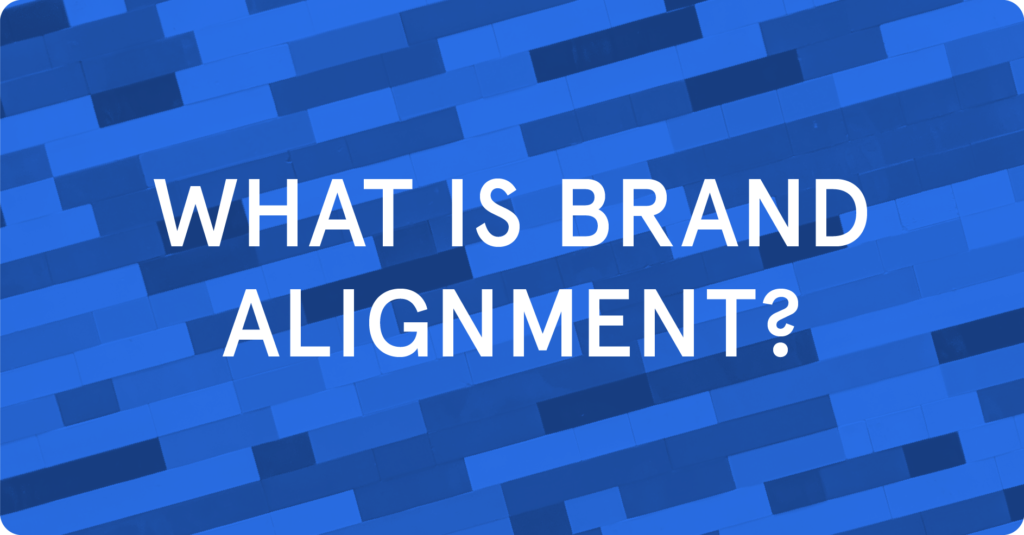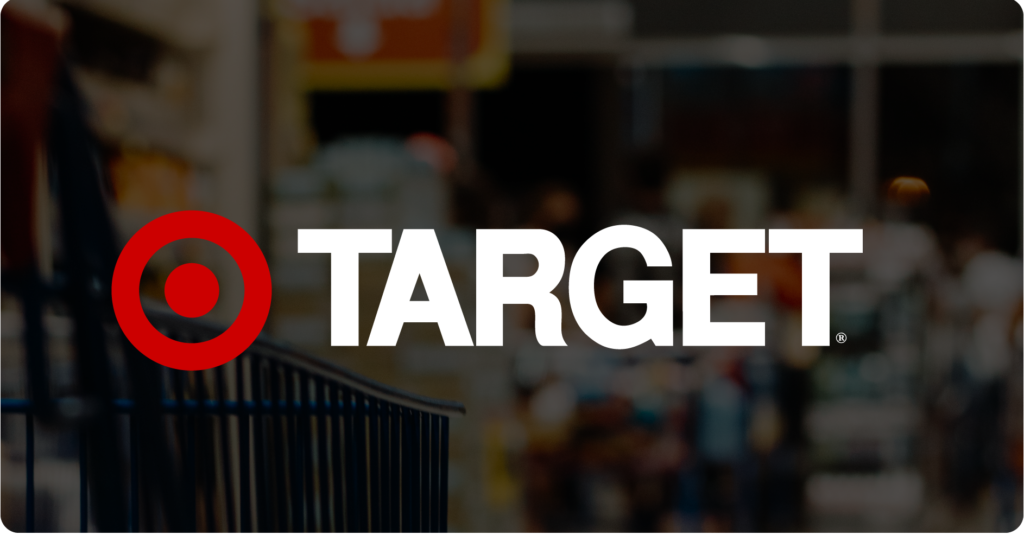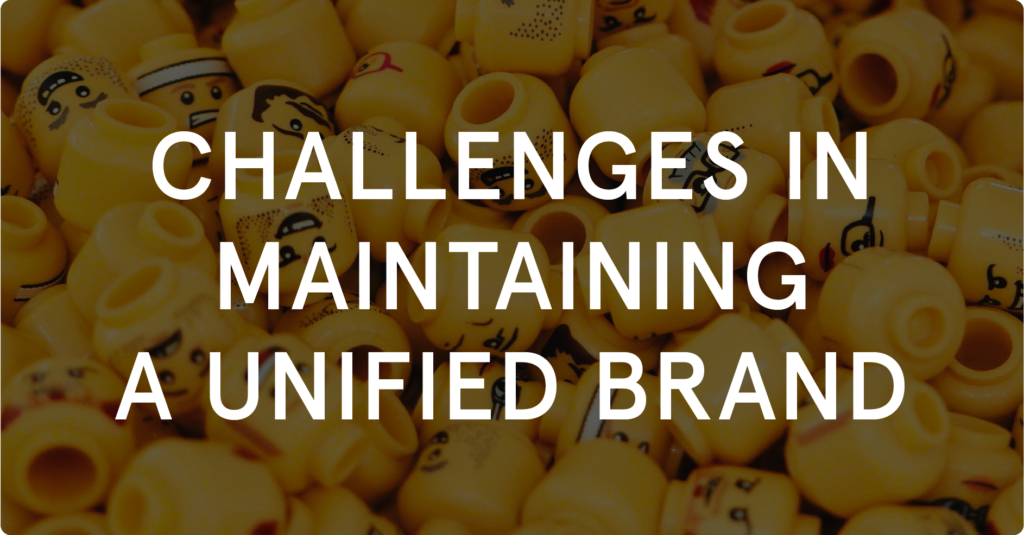The most successful brands have a secret advantage. While the products and services they offer are a commodity, the relationship consumers have with them is what really matters. Brand sets a business apart – because brand is a relationship with the customer base. If your message resonates authentically with your audience, they’ll spend their time and money with you…because of how your brand makes them feel.
Deepening the feeling you give consumers is why your team maintains a robust social media presence, produces content for your email lists, and it’s why you invest money promoting your brand across digital and traditional media. Even if it’s not direct, you’re looking to reinforce your story and values with your audience at every opportunity. Whether it’s a social post or a Superbowl ad, reinvesting in the connection with your audience is always a benefit.
Of course, potent brand-based marketing requires more than scattershot blasting your name as far and wide as possible. You need to be strategic and consistent about it – a trustworthy brand comes from alignment. Brand alignment is when every touchpoint of your brand represents what your brand stands for. Conventional wisdom (as well as new research) states that brand alignment is more effective than frequency in earning customer trust. For example, marketing industry analysis from November 2022 even shows that an aligned brand generates 33% more revenue.
However, brand alignment for its own sake isn’t the goal. Brand alignment is HOW you consistently tell the brand story in the market. If having a customer base inspired by your brand is the goal, brand alignment is the strategy to get you there.
What is Brand Alignment?

Let’s start by establishing a working brand alignment definition…
Brand alignment is when a company’s public-facing touchpoints are consistent with the brand’s identity and values. A customer who sees any element of the brand should feel that the company shows up in the same way, with messages and actions that are authentic to the brand’s values.
Being aligned enables you to tell that story by being consistent with the brand values that you want to convey with your audience. Alignment ensures that your consistent brand messaging reinforces what your brand stands for, meaning even different messages ladder up to the same big picture. As a result, the more consistent you brand is, the more your audience will begin to understand the story you’re telling and to trust you.
When you consider that the research states that 83% of customers strongly prefer to buy from a brand they trust – it explains the 33% boost to revenue.
More than anything, brand alignment means that the customer experience aligns to the core values of your brand. Of course, messaging is one of the most visible elements of that experience. As long as it reflects the core values, a brand can (and should) promote a variety of messages, in different voices, for different product lines and demographics.
Here are some elements that are the foundation of an aligned brand:
1. Marketing content (ads, articles, emails)
2. Conversations with customers in reviews and on social media
3. Influencers and brand ambassador content
4. The appearance of, and messaging in, physical locations
5. Company policies the customers will experience
Brand Alignment Example: Target

A case-in-point example of a powerful brand story told through exceptional alignment is our client, Target. Let’s explore how their touchpoints ladder up to their brand – and you can evaluate how aligned your band is.
This is Target’s brand mission statement:
“To help all families discover the joy of everyday life.”
Now, let’s explore 5 ways that Target’s brand touchpoints illustrate this message:
1. Content – Target’s marketing content can be versatile – and far-reaching. As diverse as the messaging may be, the next time you see a piece of Target content, you’ll find that it reflects that core mission to bring joy to the lives of their guests.
2. Messaging & Replies – Target replies to thousands of social media reviews or comments every week – and when they respond, they ALWAYS reflect the brand values. From the way they refer to their customers as “guests” when talking to them – to their Guest Relations Team writing encouraging messages to posters who engage with outreach content. All of those reply types reinforce who Target is and how they treat people.
3. Brand Ambassador Partnerships – Target works with a range of social creators to highlight personal experiences with their brand. Although they empower those creators to use their authentic voice, they maintain a series of guidelines to ensure that the posts look and feel distinctly Target.
4. In-Person Messages – In the physical space, you can see the Target brand at work. Their point-of-sale systems proclaim, “Hope You Had Fun on Your Target Run” – something as small as that message reinforces Target as both a shopping destination and an experience. It wasn’t just errands – it was a Target run…and it was fun.
5. Policies – As a cornerstone of their brand, Target wants every guest to have an exceptional experience – their policies reflect this. If you have ever returned something at Target, you’ve experienced their no-hassle policy (3 months for a full refund of any item – and a year for any Target-brand item).
Target is a standout example when it comes to brand alignment. There’s a reason why they rank 13th of American companies in brand net favorability score. If your company doesn’t have this level of alignment yet, that’s okay…as long as you’re guiding your teams toward it.
Challenges in Maintaining a Unified Brand

No marketing campaign was ever conceived with the goal of contradicting its brand’s values. A lack of brand alignment doesn’t occur intentionally – it happens by accident. However, whether the mistake is a massive brand faceplant – or it’s a series of small inconsistencies – it can undermine your customers’ trust.
Especially for larger teams, maintaining brand alignment in your marketing requires a careful set of systems and processes to keep your internal team on the same page. Consider the common pitfalls that can jeopardize alignment – and mentally audit your marketing team processes:
Lack of Information/Context
Translating your central brand mission statement into social posts and ad copy can prove difficult. Centralized marketing briefs, brand guidelines, or a historical record of past marketing are key to empowering your team to create an aligned brand. The benefits of having this level of visibility are far reaching. This enables the creators building individual pieces of content, as well as the strategic leads creating larger campaigns, to create a unified brand voice.
Explore how a single source of truth enables marketing teams of all sizes to centralize important information.
Approval Difficulties
Content approvals are a primary safeguard against mixed messaging and misaligned content. Your team leads will have a better understanding of what fits – so, having them sign off on work before it goes to market protects the brand.
However, the larger your teams are and the more places you publish content, the more challenging approvals become. Without a formal review and feedback process, approvals will happen haphazardly or be skipped altogether. What should be an ironclad safeguard turns into an unhelpful rubber stamp.
Discover how Microsoft achieves 50% faster content approvals by using Opal.
Missing Communication
Siloed teams and siloed individuals can lead to a misaligned brand. Without visibility, getting feedback on work becomes much harder – and staying internally consistent becomes more challenging than it needs to be.
Beyond that, communication challenges or lack of visibility can lead to numerous other brand issues like content gaps, content collisions, or over-posting. When your teams manage multiple properties without true visibility, you can inadvertently post overlapping or contradictory messages to the same audiences. While that doesn’t strictly fall under the umbrella of alignment, it absolutely undermines the experience of interacting with your brand online.
Too Much, Too Fast
There’s no question that efficiency is paramount in content production. However, that should come from cutting busywork – not cutting corners. Oftentimes, brand mistakes occur because teams were working too fast and not double-checking. This can also hold true in high-leverage crisis situations – in which delivering a message to market ASAP is essential. Finding sustainable ways to give time back to your teams beats working double time…all the time.
Solution: A Brand Planning Platform

Creating brand alignment that has a tangible effect on your bottom-line revenue requires an investment into processes and tools. A marketing planning platform is one of the key solutions that can ensure superior alignment.
Opal is the platform that brands trust to plan, create, and calendar everything in one place. In addition to Target, many other top brands (like Microsoft, Starbucks, UHG, and more) trust our platform. Here’s specifically how the Opal platform can connect your teams and align your brand:
Marketing Source of Truth – Having a single source of truth in marketing is essential. Enabling any employee to check back to past work is crucial for ensuring they portray the brand correctly. Consider the several-hundred-person Target marketing team from the brand alignment example. For a team of that size, accessing past work would be arduous without a dedicated historical record. As a source of truth, Opal also provides dedicated space for key brand documents and briefs.
Powerful Approvals – Struggles with content approvals are one of the major threats to your alignment. Opal offers purpose-built solutions specifically for this challenge. Firstly, our customizable approval workflows ensure that the right person is tapped for approval automatically. In addition, these approvals can be linked into your publishing software so that messaging can’t hit the market without approval.
True-to-Life Content Previews – Seeing your marketing campaigns through the eyes of your audience is invaluable when building a brand story. One of Opal’s signature features, our true-to-life content previews enable your team to see and collaborate on work exactly how it will appear in the market. Now, your content previews aren’t just images and text in a Google document – they’re real.
Easily Share & Collaborate on Work – Using a chat program to get out of silos is a step in the right direction – breaking out with a platform which fosters collaboration is even better. When your team works in Opal, getting all eyes on important marketing materials is easy. Even better, everyone can discuss and comment directly on the work in real-time. This level of visibility and collaboration ensures that your team quickly gets the feedback they need to keep the messages aligned.
In addition, by seeing what other teams are working on concurrently, everyone can see the big picture of how your brand appears across all its properties on any given day.
Discover the Opal Platform for Yourself
For many companies, building the brand with whom customers have a relationship is the primary goal of their marketing. To achieve that level of brand alignment (and the revenue boost that often comes with it) requires a commitment at every level – as well as the right tools for the job. Compared to general work management platforms, Opal is purpose-built for the challenges that brand marketing teams face.
If you’re interested in seeing how Opal can bring clarity to your brand for every member of your marketing team, we’d love to help. The first step is a personalized demo with one of our product experts. This will give you the chance to see Opal in action, ask questions, and discover how it can align your brand.

